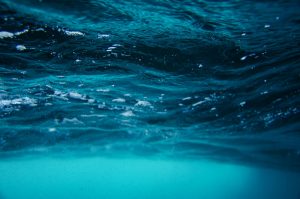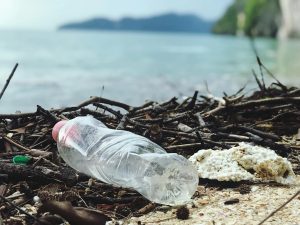Water’s Journey: From Rivers to Aquifers

Have you ever stopped to think about where your water comes from? I mean, really think about it? It’s kind of mind-boggling when you consider all the different sources out there! On one hand, you’ve got surface water, which includes lakes, rivers, and reservoirs. On the other hand, there’s groundwater, tucked away deep beneath our feet. Each has its own story to tell, and each plays a crucial role in our lives.
Let’s start with surface water. Imagine a sunny day by a shimmering lake, the kind of scene that makes you want to dive in. Surface water is where most of us get our drinking supply. But here’s the kicker: it’s also the most vulnerable to pollution. Think about it—runoff from farms, industrial waste, and even litter can seep into these bodies of water. This makes monitoring and protecting these sources super important. You wouldn’t want to take a refreshing sip and accidentally get a taste of someone’s discarded soda can, right?
Now, let’s dig a little deeper—literally! Groundwater is like nature’s hidden treasure. It’s stored in aquifers, which are underground layers of rock and soil that hold water. This water seeps down through the soil, filtering out impurities as it goes. It’s like nature’s own water purification system! However, just because it’s underground doesn’t mean it’s safe from contamination. Poorly managed land use and over-extraction can lead to serious issues, like depletion or pollution. Imagine drilling a well and hitting a dry patch; that’s not a fun surprise!
- Surface Water: Easily accessible but highly susceptible to pollution.
- Groundwater: Naturally filtered and reliable but can be overused.
- Pollutants: Runoff, sewage, and chemicals are major threats.
- Monitoring: Regular testing is key to ensuring water safety.
- Conservation: Sustainable practices are essential for both sources.
So, where does this leave us? It’s a tug-of-war between accessibility and safety. If you’re sipping your morning coffee brewed with lake water, or maybe you’re filling your glass straight from a well, it’s vital to understand the journey your water took to get to you. Keeping it clean is a community effort. Know your local sources, advocate for clean water practices, and, heck, even join a local cleanup effort!
In the end, whether it’s flowing in a river or bubbling up from the ground, water is a precious resource. It shapes our ecosystems, nourishes our bodies, and connects us to the environment. So, the next time you take a drink, pause for a second to appreciate that journey. Because every drop counts, and every source deserves our protection.




